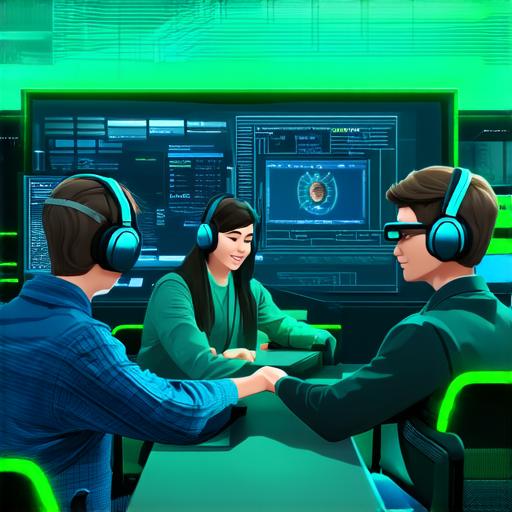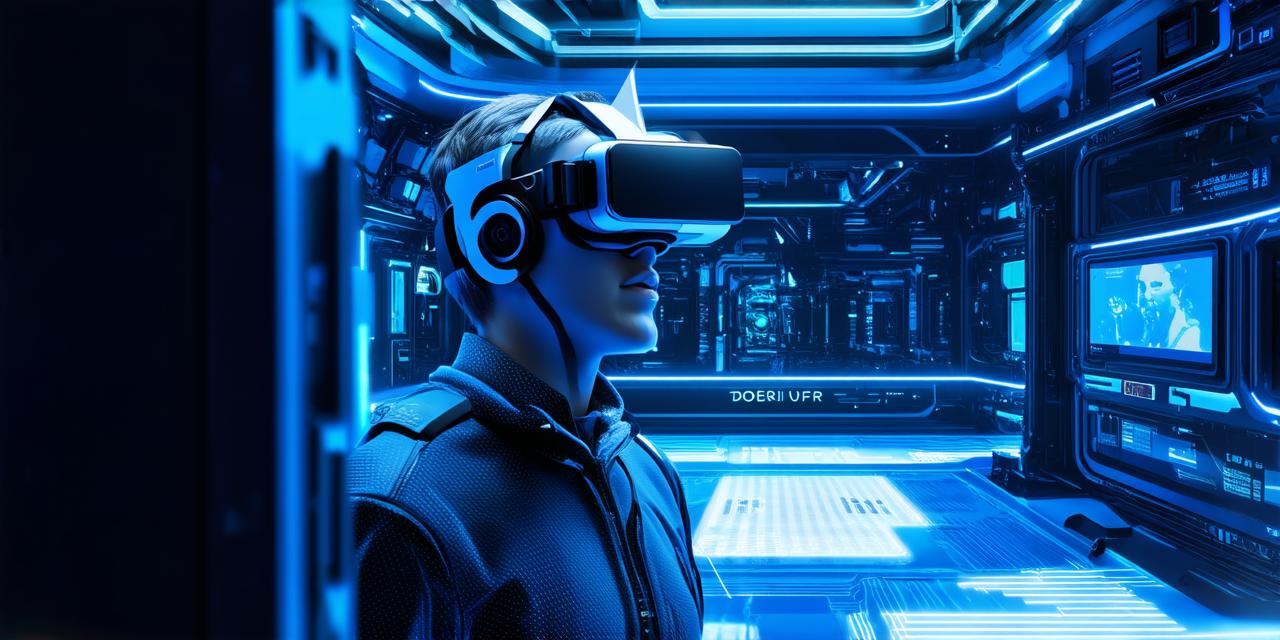<!DOCTYPE html>

What is Virtual Reality Technology?
Virtual reality technology allows users to experience a digital world that simulates the physical environment around them. It uses sensors, headsets, and controllers to track movement and provide a realistic sense of presence in a virtual environment. With advancements in hardware, software, and user interfaces, VR technology has become more accessible and affordable than ever before.
Why is Virtual Reality Technology Effective for Learning?
Virtual reality technology offers several advantages for learning:
- Highly realistic and immersive experiences: VR creates highly realistic and interactive environments that engage learners and provide a deeper understanding of complex concepts. This can help learners to retain information better and improve their problem-solving skills.
- Safe and controlled environment: VR allows learners to practice skills in a safe and controlled environment, without the risk of injury or harm to themselves or others. For example, medical students can practice surgical procedures in a virtual operating room, while pilots can practice flying in a virtual cockpit.
- Cost-effective: VR training programs can be more cost-effective than traditional training methods, as they reduce the need for physical equipment, facilities, and travel expenses. VR also allows learners to access training materials at any time and from anywhere.
- Personalized learning experiences: VR technology can be customized to meet individual learning needs, allowing learners to progress at their own pace and receive personalized feedback. This can improve the overall effectiveness of the training program.
Real-Life Examples of Successful VR Training Programs
Virtual reality technology has been used in various fields to enhance learning experiences and improve outcomes. Here are some real-life examples of successful VR training programs:
- Medical Training: Medical students have been using VR to practice surgical procedures, such as laparoscopic surgery and neurosurgery. This allows them to gain hands-on experience without the risk of injury or harm to patients.
- Aviation Training: Pilots have been using VR to practice flying in a virtual cockpit, allowing them to gain hands-on experience without the risk of injury or harm to themselves or others.
- Military Training: The military has been using VR to simulate real-world scenarios, such as combat situations and terrain navigation. This allows soldiers to gain hands-on experience without the risk of injury or harm to themselves or others.
- Construction Training: Construction workers have been using VR to practice complex tasks, such as welding and scaffolding, allowing them to gain hands-on experience without the risk of injury or harm to themselves or others.
Maximizing Learning Potential with VR Technology
To maximize learning potential with VR technology, it is important to consider the following factors:
- Define clear learning objectives: Before using VR technology for training, it is important to define clear learning objectives that align with the needs of the learners and the organization. This will help ensure that the training program is effective and efficient.
- Choose appropriate VR tools and platforms: There are many VR tools and platforms available, each with their own strengths and weaknesses. It is important to choose the right tools for your specific learning objectives and needs.
- Provide adequate support and guidance: VR technology can be complex, and learners may need support and guidance to navigate the virtual environment effectively. It is important to provide learners with adequate support and guidance to ensure that they are able to make the most of the VR training experience.
- Evaluate and refine the training program: Regular evaluation and refinement of the VR training program can help ensure that it remains effective and efficient over time. This may involve gathering feedback from learners, analyzing data on learning outcomes, and making adjustments to the training program as needed.
In conclusion, virtual reality technology has become an increasingly popular tool for enhancing learning experiences across various fields. By creating highly realistic and interactive environments that engage learners, VR can improve retention, motivation, and engagement, making it an effective tool for maximizing learning potential. By defining clear learning objectives, choosing appropriate VR tools and platforms, providing adequate support and guidance, and evaluating and refining the training program, organizations can effectively use VR technology to enhance learning experiences and improve outcomes.
